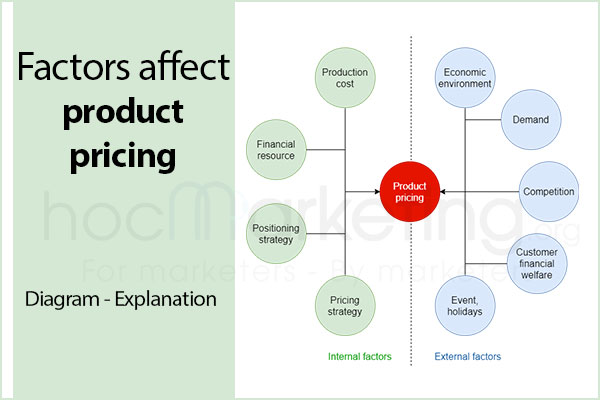
Exploring Different Decision Making Approaches

Discover the various types of decision-making processes used today From extensive decision-making to routine decision-making, understanding these processes can help you better understand your customers and make informed business decisions
Understanding the intricacies of decision making is both an art and a science that generations have studied. The key to successful marketing is discovering what a customer desires and how to sway their decision-making process in favor of our product versus competitors. However, behind every seemingly straightforward decision is a complex series of thoughts that impact the outcome. A buyer may make an impulsive emotional decision or a carefully researched one. By observing and analyzing these various processes, we can better understand the art and science of decision making.
The level of customer involvement plays a significant role in the decision-making process. Products can be categorized as high or low involvement, as well as consumer or industrial. Industrial products typically require a higher level of involvement due to the substantial investment involved.
Thus based on the above arguments, there are mainly 3 types of decision making processes which can be defined.
1) Extensive decision making process –
2) Limited decision-making process –
Extensive decision making is necessary when dealing with high involvement products, particularly those that require a significant investment. Examples of such products include purchasing a home or buying a new manufacturing plant for a business. These decisions often involve multiple individuals and require extensive research and analysis in order to ensure maximum benefits and mitigate potential risks. As a result, the decision making process can be quite lengthy and complex.
The decision-making process for purchasing a television or car is typically limited due to the relatively low investment required and the consumer's existing familiarity with the product. As a result, less time is typically spent on researching and evaluating these purchases. However, with the advent of online media, consumers can quickly and easily access extensive information about these products from the comfort of their own homes. The speed at which a limited decision is made depends on the consumer's level of knowledge and experience with the product, as well as the amount of time available to make the decision.














